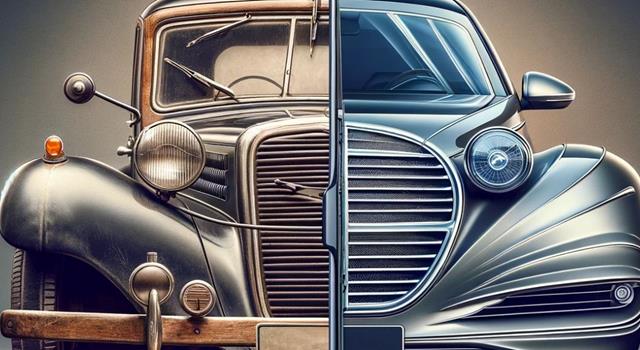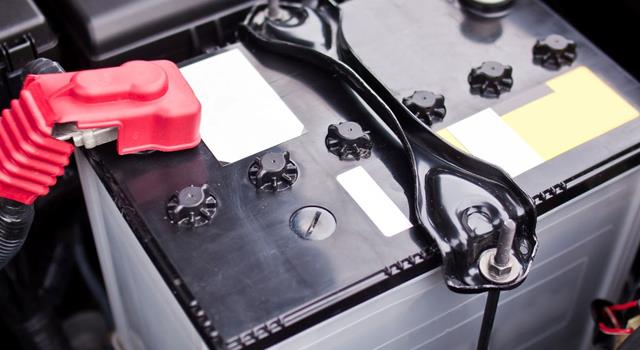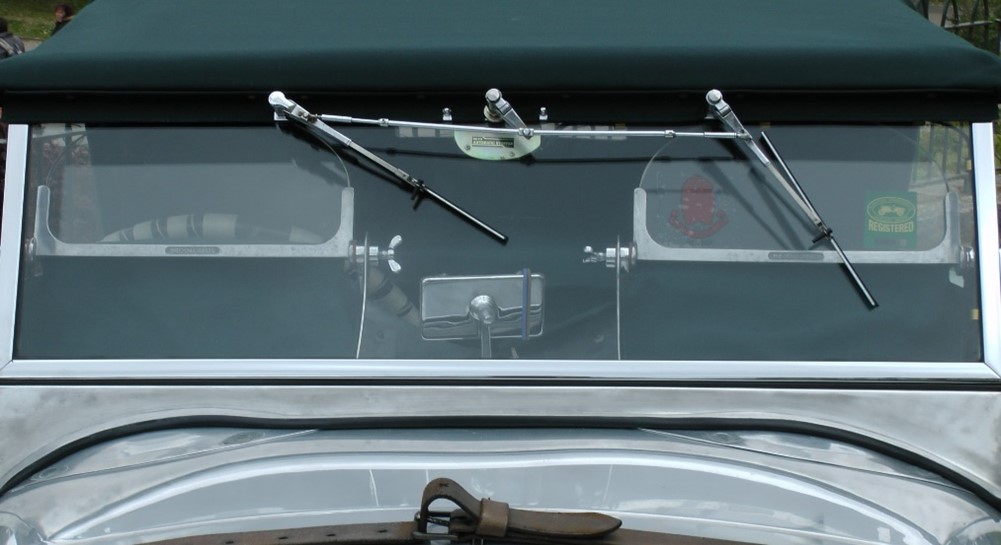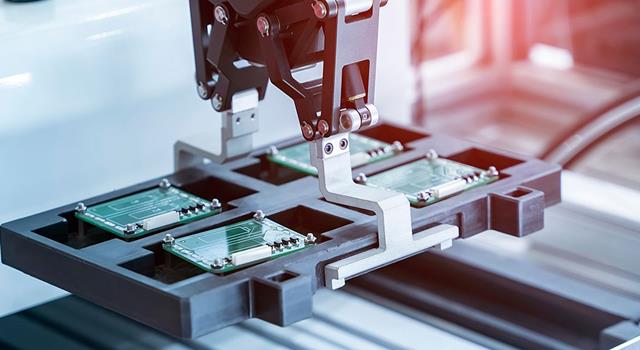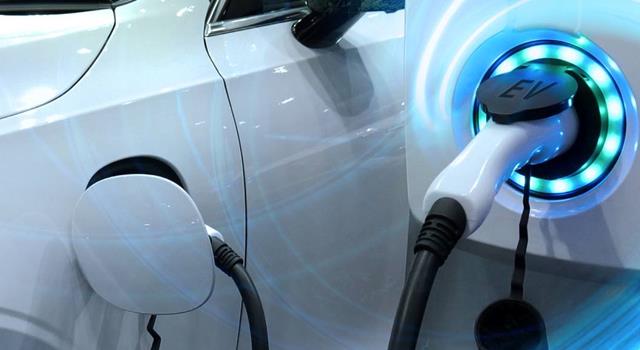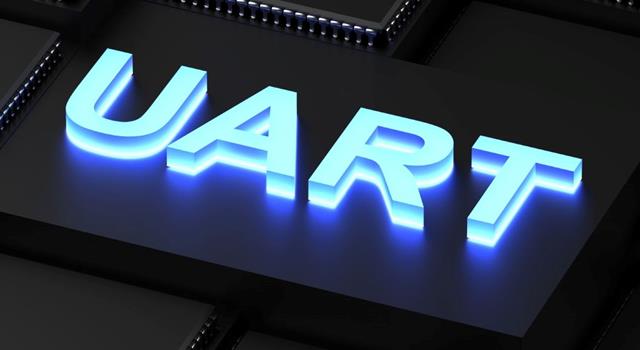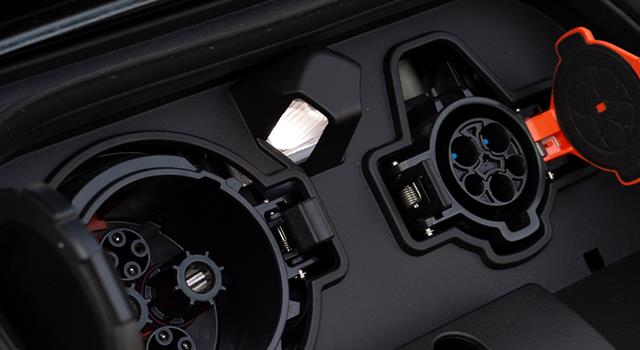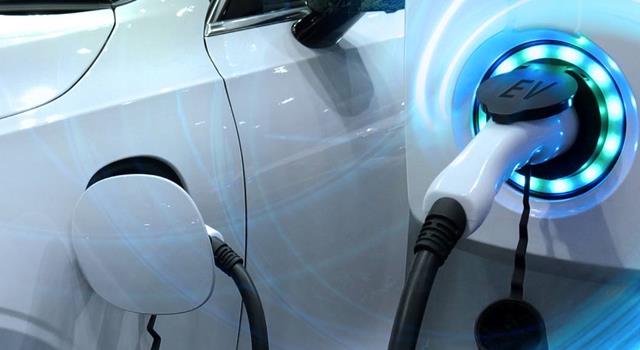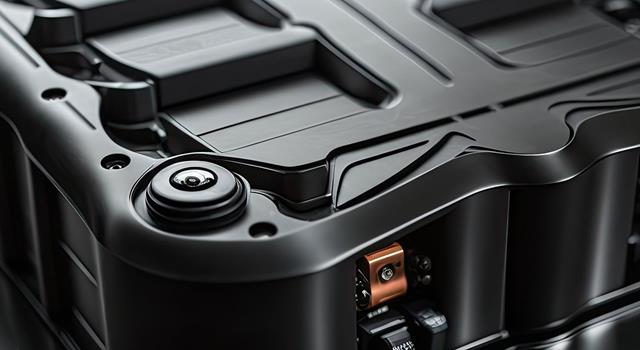History of the Windshield Wiper
A Clear Vision Begins
Imagine a harsh winter day in early twentieth-century New York City, with near-zero visibility and drivers facing real challenges before the revolutionary invention of car wipers. Our journey through the storied history of this indispensable device is filled with innovations, legal battles and surprising milestones.
Mary Anderson's Vision and the Invention of the Windshield Wiper
The story begins in 1903 with a visionary woman named Mary Anderson. While visiting New York City, she observed a streetcar driver struggling to see through a snow-covered windshield and constantly opening his window to clear the glass. Inspired by this, Anderson invented the first manual windshield cleaner operated from inside the car. Patented in 1903, the device consisted of a lever-controlled arm with a rubber blade that swept the windshield. However, automotive manufacturers initially rejected his invention as impractical. It wasn't until the patent expired that windshield wipers became standard in automobiles, and Anderson never made a fortune from his groundbreaking invention.
Life of Mary Anderson
Introduction of the Automatic Windshield Wiper
As cars evolved, so did windshield cleaning technology. The real game-changer came from J.H. Apjohn, who in 1903 invented a method involving two brushes moving up and down on the glass. But the innovations did not stop there. In 1926, inventor brothers Fred and William Folberth introduced the first automatic, motor-driven wiper system powered by the vehicle's engine. This invention sparked the first of many legal battles in the wiper world, and the Folberth brothers became embroiled in patent disputes that highlighted the competitive and often cutthroat nature of automotive developments.
The Battle of the Wipers
As the stakes have risen with advances in wiper technology, so has the drama. Robert Kearns, an independent inventor, became a central figure in one of the most contentious legal battles over windshield wipers. In 1963, Kearns developed an intermittent windshield wiper that mimicked the blinking mechanism of the human eye. After presenting his invention to major automakers, he found himself sidelined when they began producing their own versions of his design without crediting him. Kearns decided to fight back and filed a series of lawsuits against giants like Ford and Chrysler. It resulted in an important legal victory in the 1990s that earned Kearns millions of dollars and cemented his place in the wiper legend.
From Manual to Automatic - The Evolution of Windshield Wiper Technology
The transition from manual to automatic wipers reflects broader technological advances in automobiles. The first wipers were manually operated and required drivers to manually move the wipers back and forth. This method was labor-intensive and impractical, especially in inclement weather. The switch to electric and then automatic wipers not only improved safety, but also highlighted the industry's shift towards greater automation and driver comfort.
Modern Windshield Wiper
Today's wipers are a far cry from their humble beginnings. Equipped with rain-sensing technology and high-speed motors, modern wipers adjust their speed and frequency according to the intensity of rainfall, offering an unprecedented level of convenience and safety. The history of windshield wipers, full of invention, legal intrigue and the relentless search for improvements, is a microcosm of technological progress in the automotive world.
The Future of Wipers
Looking into the future, the evolution of windshield wipers continues with advances in materials science and aerodynamics, promising even more efficient and effective ways to ensure clear visibility on the road, whatever the weather conditions. From Mary Anderson's manual lever to today's sophisticated systems, the saga of the windshield wiper is a testament to human ingenuity and the never-ending quest for improvement.


